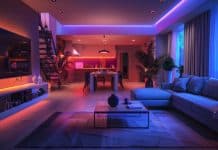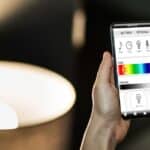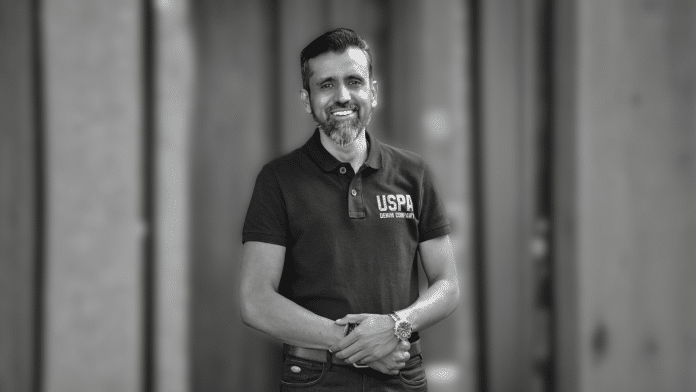
Rajkumar Kumawat, Founder and Principal Architect at Rajkumar Architects, has carved a niche in contemporary architecture with his commitment to creating timeless, human-centric spaces. His design philosophy emphasises precision, proportion, and materiality — elements that together bring depth and meaning to his work. Over the years, Rajkumar has successfully blended classical elegance with modern functionality, evident in landmark projects such as The Grand Colonnade, which exemplifies a harmonious fusion of grandeur, technology, and thoughtful design.
In this interview, he discusses his design journey, the integration of smart technologies in architecture and interiors, and how intelligent lighting, automation, and sustainability are reshaping the way we experience built environments.
Tell us about your design journey and some of the landmark projects that have set trends over the years.
My journey has been about creating timeless, user-focused spaces. My design approach is characterised by an exacting attention to detail encompassing volume, scale, and materiality. This unconventional approach culminates in spaces that exude a sense of timelessness, embodying thoughtful design. Additionally, a landmark project, Grand Colonnade, stands out for its scale and the seamless integration of design with technology. Here, the essence of grandeur, classical designs, and modern & smart technology have set new benchmarks and enhanced trends over the years.

How has smart technology influenced your approach to architectural and interior design projects?
In my new projects, we increasingly integrate smart technologies and innovative elements that transform the way spaces are experienced. This evolution has moved the design narrative beyond aesthetics, placing greater emphasis on user-centric experiences. By embedding intelligence into our projects, I bring comfort through automation, convenience through seamless functionality, and sustainability through energy-efficient solutions. Each project becomes more than a structure; it becomes an adaptive environment that responds to contemporary needs while enhancing everyday living.
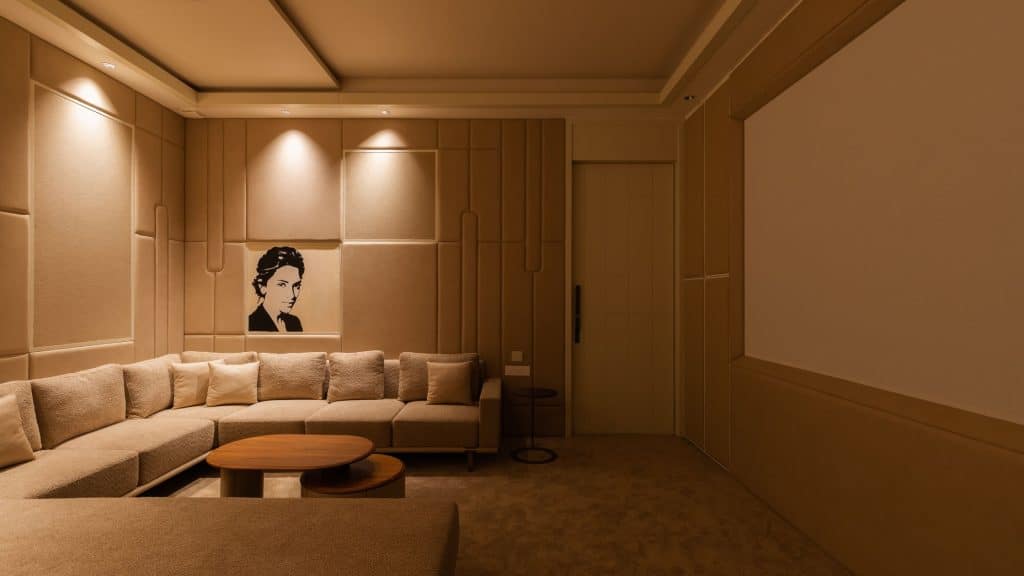
At what stage of a project do you usually start considering technology integration, and how early do you involve system integrators or consultants?
Integration is a process that must begin at the very start of a project, particularly when it comes to electrical systems. Wiring layouts are carefully planned to align with the overall design and functionality requirements. By involving system integrators from the early stages, I ensure seamless coordination between different technologies and avoid costly retrofitting or redesigns later. This proactive approach not only streamlines execution but also enhances efficiency, safety, and long-term reliability of the installed systems.
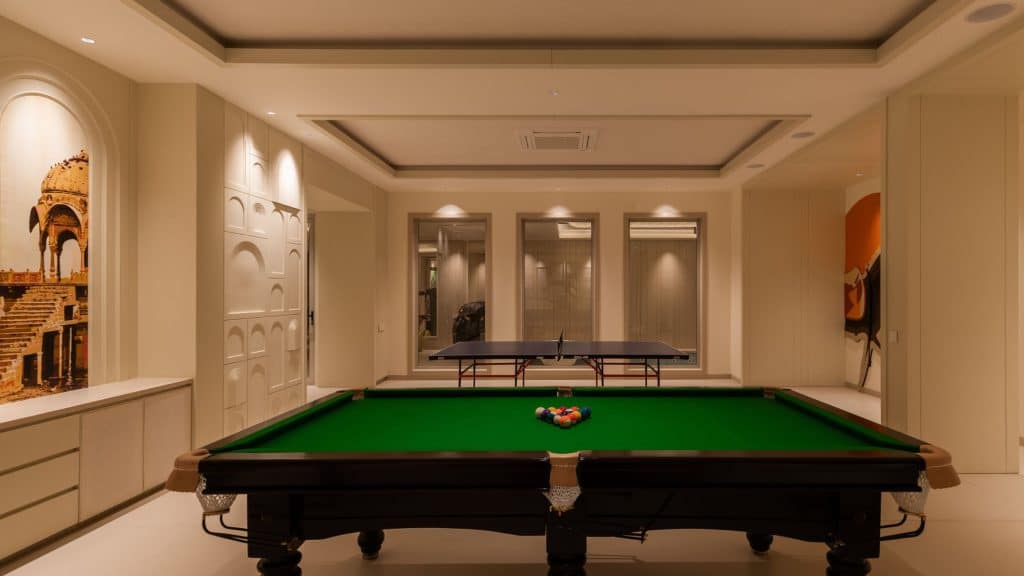
What’s the biggest challenge in balancing aesthetics with technology — especially when it comes to concealing devices or avoiding visual clutter?
The main challenge in modern interiors lies in the fact that many light fixtures are not visually appealing, while cameras and smart devices can appear intrusive if left exposed. These elements often disrupt the overall design harmony, making spaces feel cluttered or technologically overwhelming. Striking a balance between functionality and aesthetics requires careful integration. Smart, minimal solutions like those from Lutron allow concealment and streamlined design, ensuring visual clarity while enhancing comfort, efficiency, and sophistication in contemporary spaces.
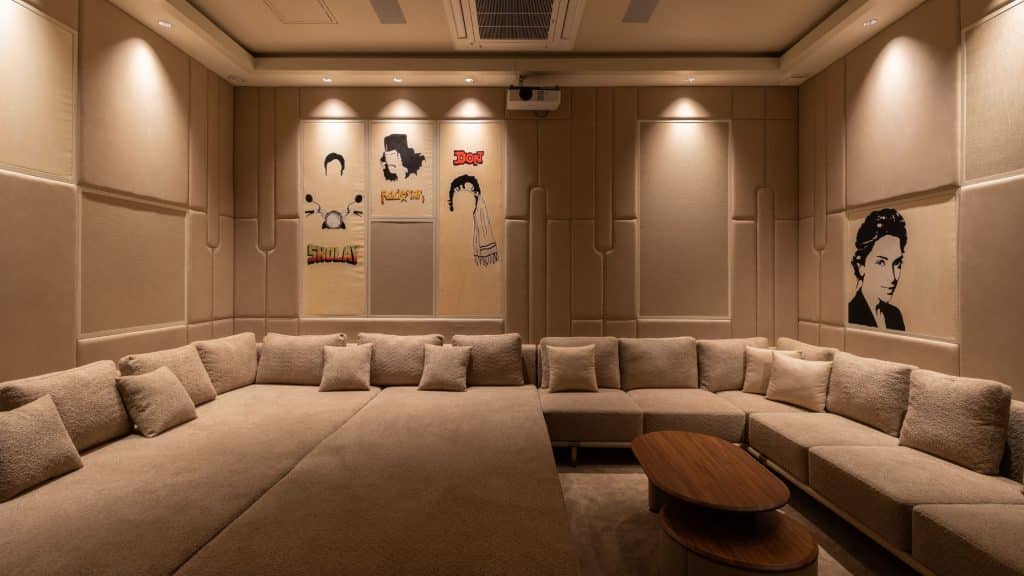
What benefits do automation, smart lighting, and smart security solutions bring to your projects?
Smart lighting systems enhance lifestyles, safety, energy efficiency, and overall ambience. They allow homeowners to customise and automate settings, creating different lighting modes for relaxation or entertainment with a simple touch. In larger homes, where managing multiple fixtures can be complex, these systems make control seamless and centralised. This ensures convenience and reduces energy waste, offering an intelligent balance of comfort and efficiency.
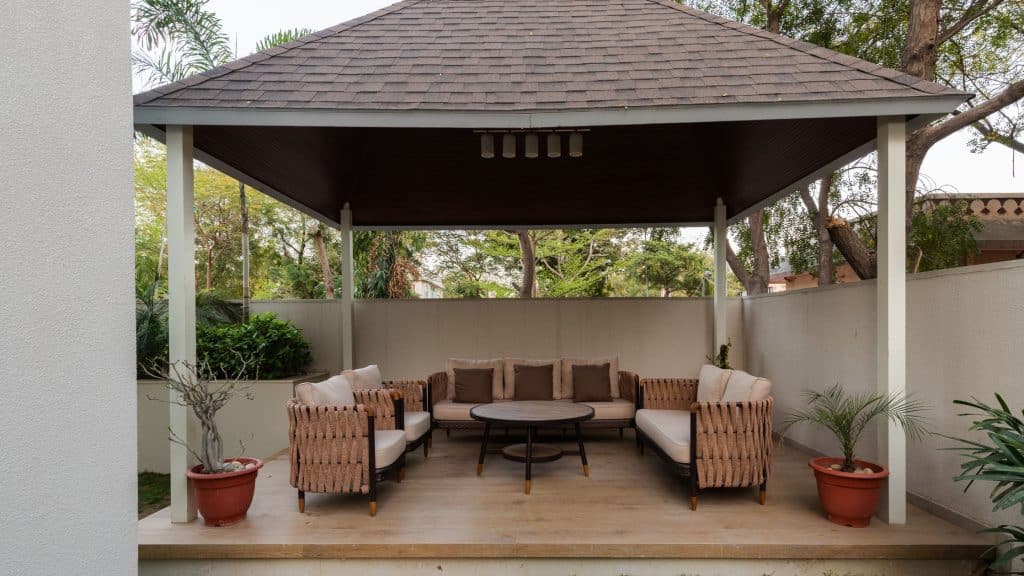
Which brands do you prefer or trust most when it comes to building automation, smart lighting, and smart security?
For automation and lighting, I prefer Lutron for its reliability, adaptability, and elegant design.
Could you share a case study where you’ve integrated automation, smart technology, and smart lighting?
In the project, The Grand Collonade, I have included automation and smart technology in all living spaces and bedrooms. Here, lights can be controlled on voice commands or IR systems, elevating the level of convenience. Additionally, this allows for scheduling the lights as per requirements, enhancing mood and peace of mind for the occupants.

As homes continue to get smarter, how do you see the role of architects and designers evolving?
We will increasingly act as connectors between design and technology, making tech fluency an essential part of architectural practice. Architects and designers will not only shape spaces but also ensure that technology enhances comfort, sustainability, and aesthetics. The role will evolve from being purely design-focused to becoming more collaborative with system integrators and consultants. In the future, understanding automation and smart solutions will be as important as material knowledge or spatial planning.








